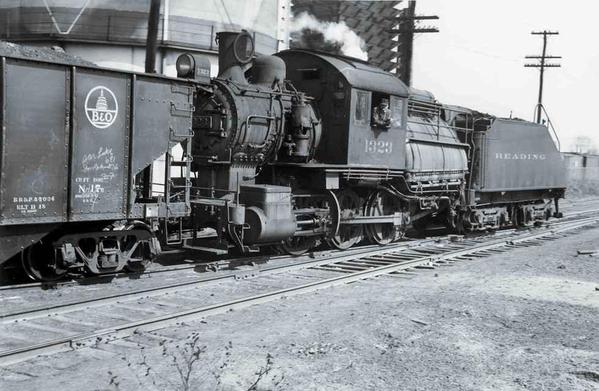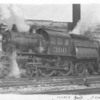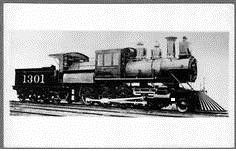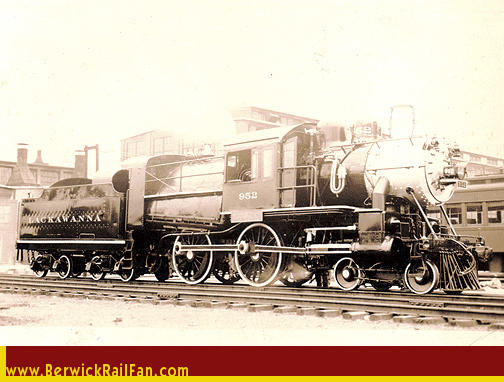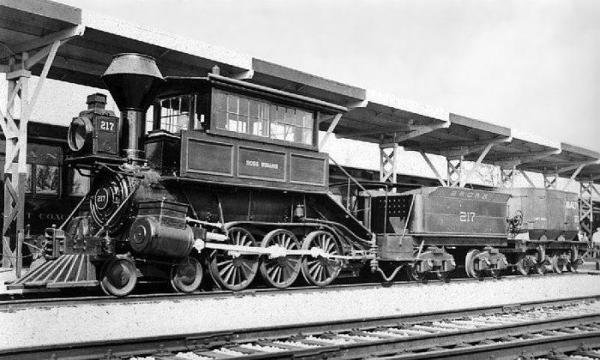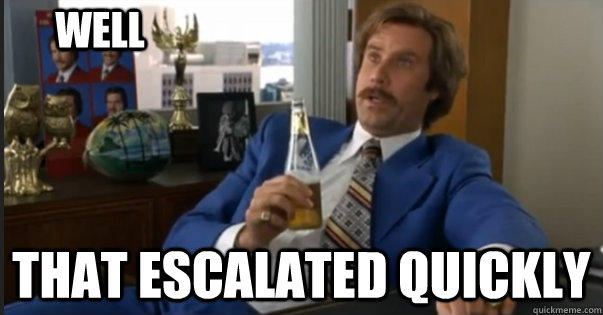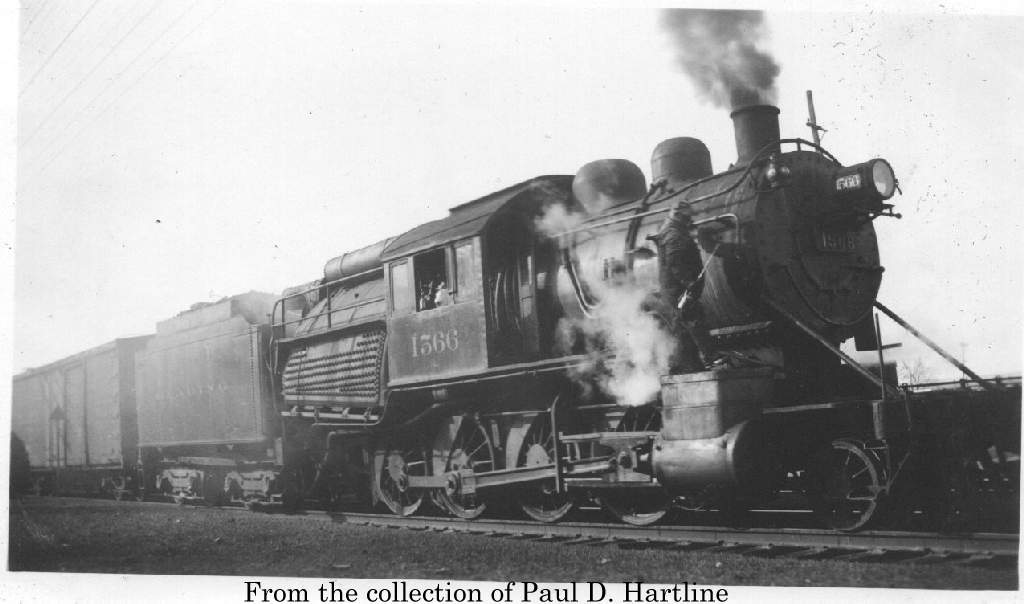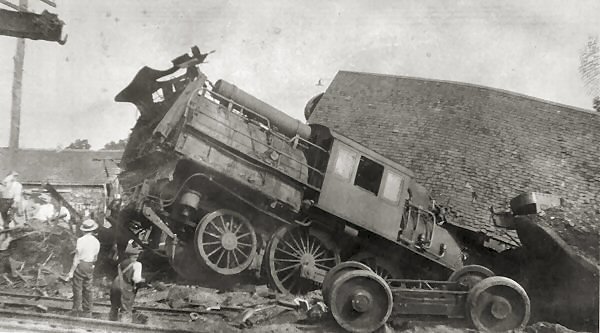I've often wondered about the rationale for building camelback or "mother hubbard" type of engines. From what I can tell, the primary railroads to use this style of locomotive were the Jersey Central, The Reading, the NYO&W (old & weary) and a few Erie experiments. What was to gain from this style of engine where the cab is some half-way along the boiler, way ahead of the firebox. It would seem to me that there were lots of faults with the design, such as difficult communications between the engineer and the fireman, a rather cramped and necessarily hot cab, location of the fireman at the rear of the boiler where he was outside in the elements, and not much benefit. Supposedly with the engineer being closer to the front of the engine, he might have a slightly better view of the track ahead but I would question whether that would make enough difference. On the other hand on a conventional engine, the fireman was on the left side of the cab and could see ahead and warn the engineer of anything that was visible from that side of the cab.
The biggest disadvantage, to my mind, was the danger to the engineer, being located directly above the side rods where, should there be a broken rod or journal, the rods would come right up into the cab and seriously endanger the crew.
Anyone ever read the reason for this dngine design? Realizing that only a few railroads used this design, it certainly wasn't very popular but what was the reason for the design in the first place?
Paul Fischer




